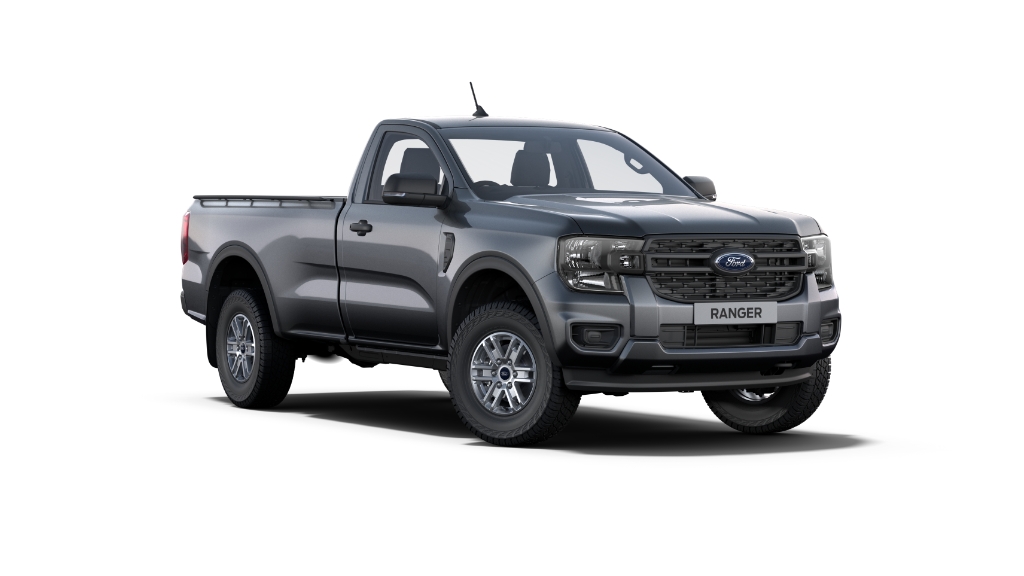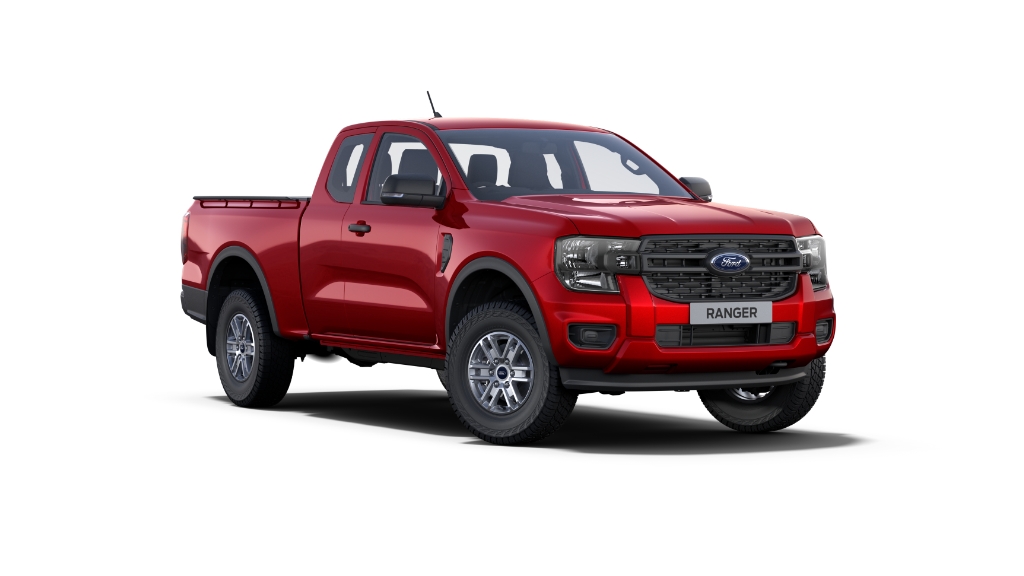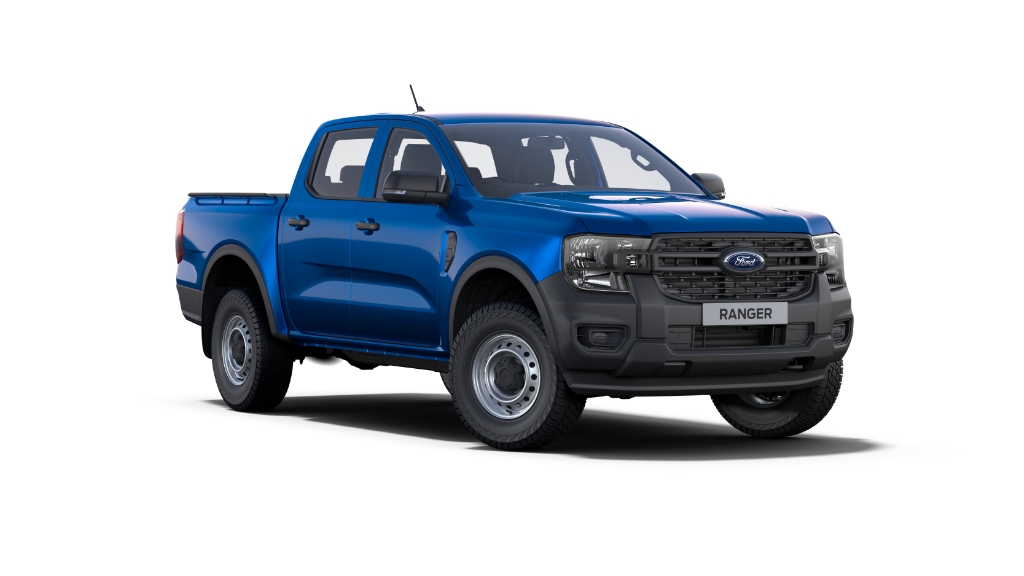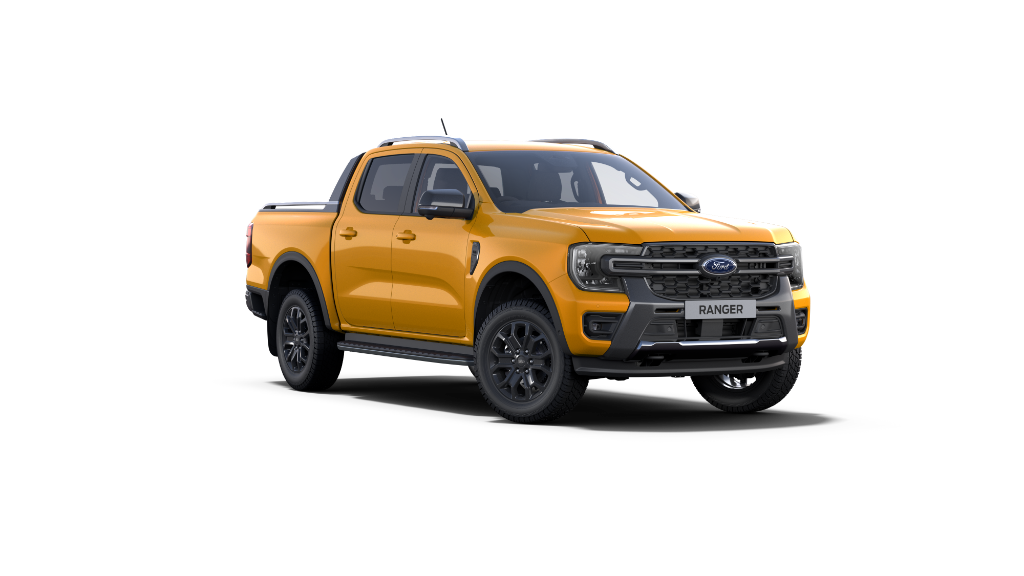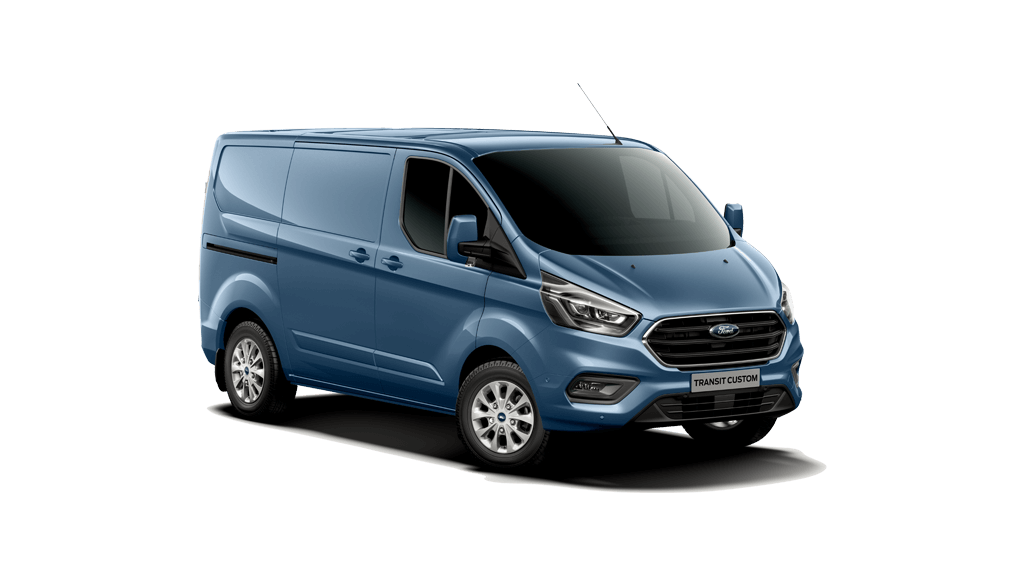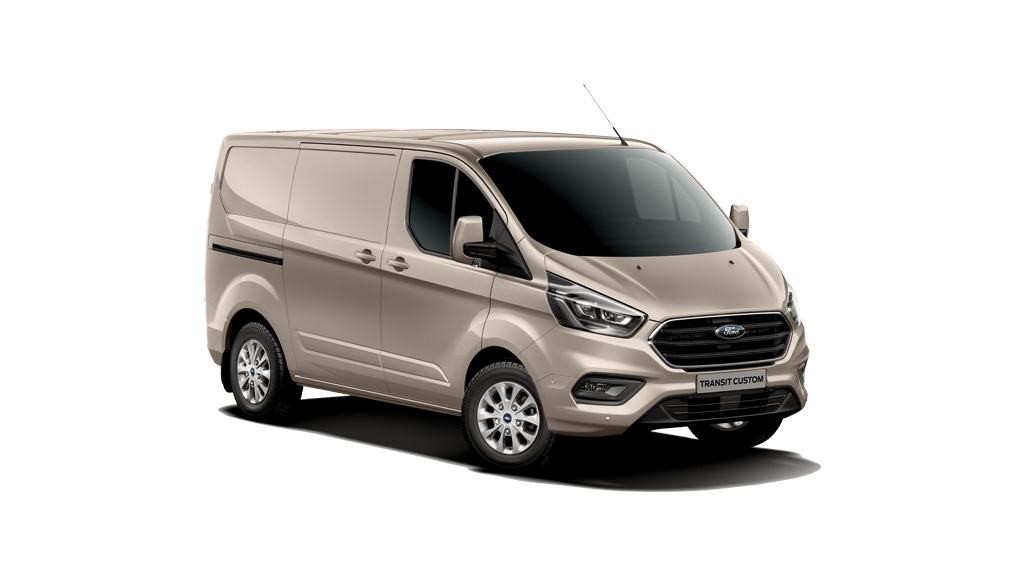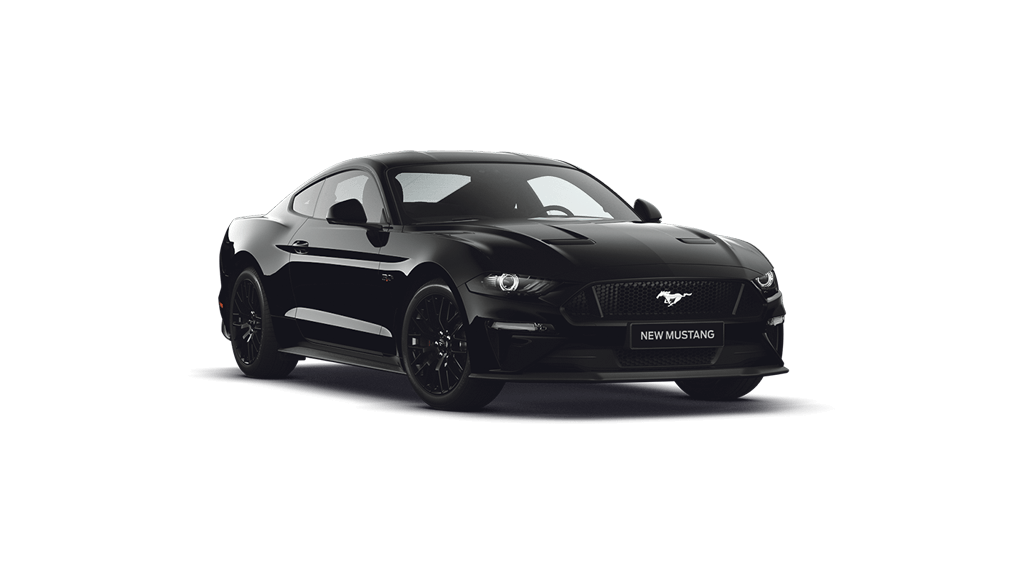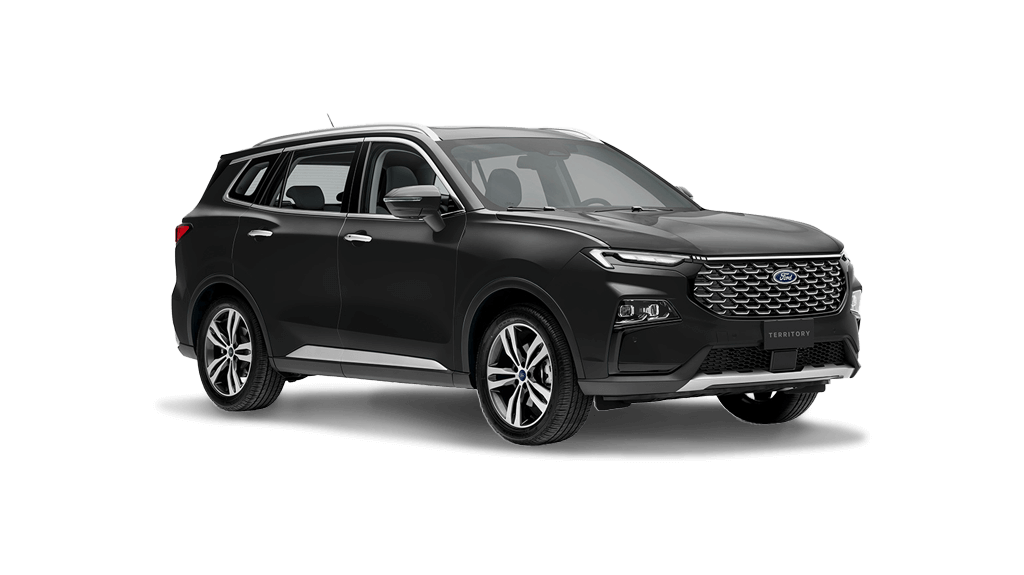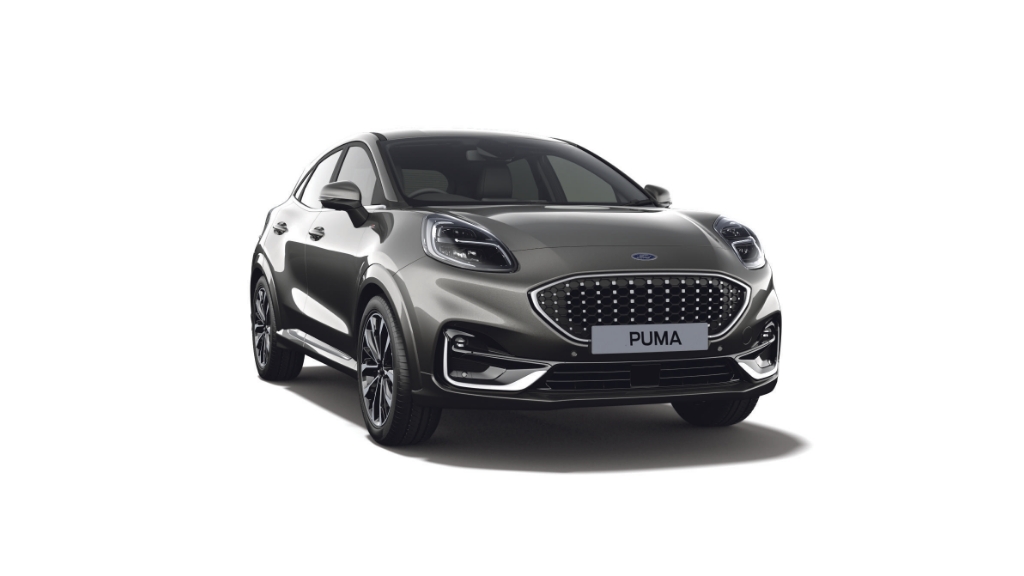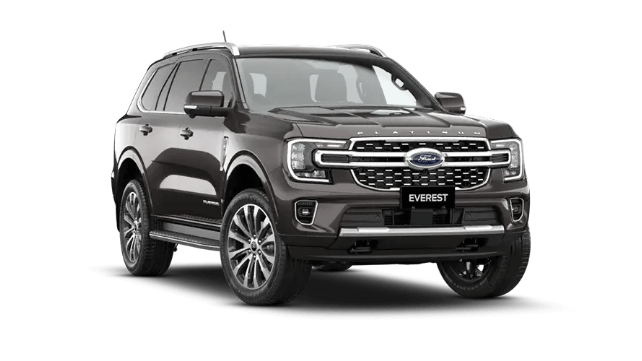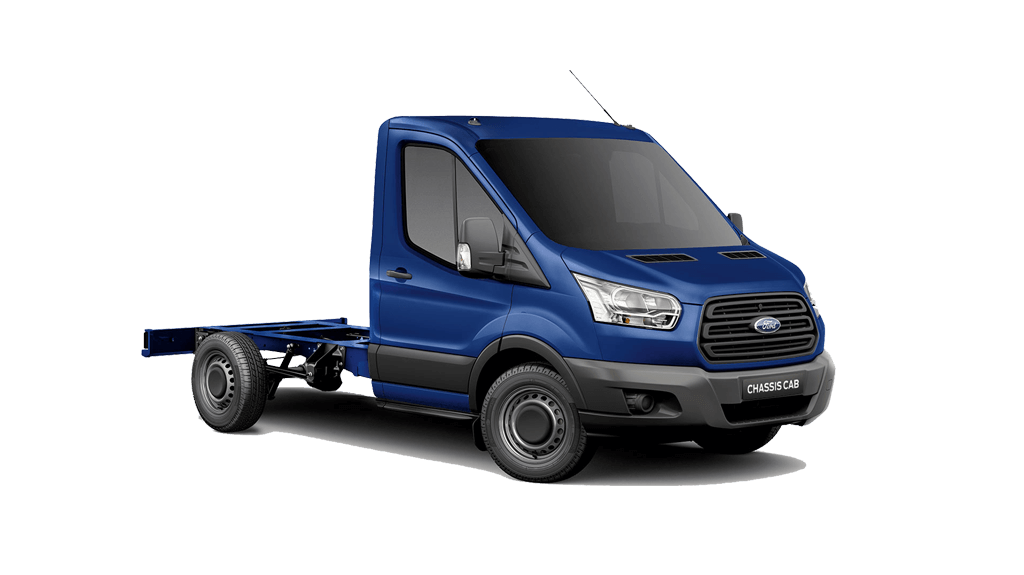Ford news
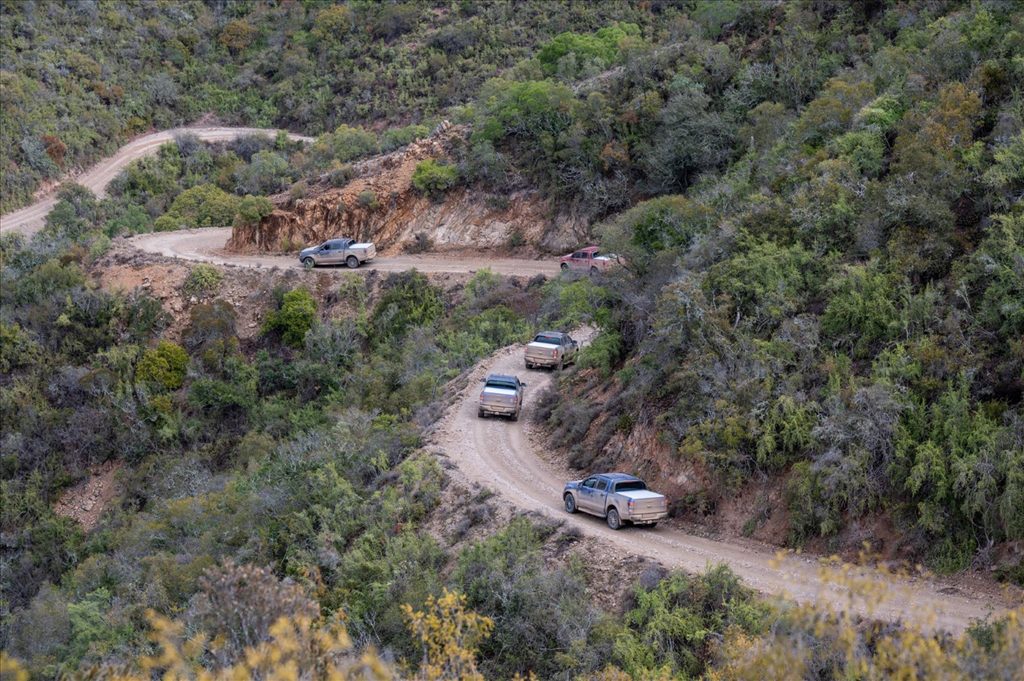
- South African adventure driving routes are world-renowned with awe-inspiring vistas and diverse geographical locations
- Top five iconic adventure roads from easy to difficult to add to your driving bucket list in 2024
- Characteristics of turbodiesel engines, like the ones fitted to Ford Rangers and Everests, make them excellent adventure vehicles, particularly for high-altitude driving
By Lance Branquinho
PRETORIA, SOUTH AFRICA, 04 April 2024 – The World Wildlife Fund ranks South Africa as the world’s third most biodiverse country. That means you should explore South Africa by vehicle because whichever direction you travel, there are indeed inspiring landscapes and diverse rural communities.
But with such an abundance of fantastic nature and driving routes, creating an itinerary can be daunting. Some proven South African adventure drives are world-renowned, while others are more local knowledge.
Some of South Africa’s best routes are high-altitude mountain passes. These routes are best attempted with a capable and trusted 4×4 vehicle such as the locally assembled Ford Ranger, or the comfortable and sure-footed Everest SUV. The characteristics of turbodiesel engines, like the ones fitted to Ford Ranger and Everests, also perform admirably at higher altitudes – an important consideration when crawling along a steep mountain road gradient in a fully loaded vehicle.
As Ford celebrates a Centenary of vehicles in South Africa, it’s the perfect time to reflect on the top-rated and most spectacular passes to put on your driving bucket list.
Swartberg Pass
An iconic mountain pass created by Thomas Bain, the R328 links the Cango Caves area to Prince Albert along a 27km gravel surface route.
Although steep in places, there aren’t any sections that require low-range gearing. From start to finish, the entire Swartberg Pass can be driven in a two-wheel drive vehicle during summer and spring months – however a vehicle with raised ride height is recommended, such as the upcoming new Ford Territory.
In winter, the Swartberg Pass’s upper portage is often dusted in snow, making the road surface more challenging. With its adjacent peaks covered in snow, exploring the Swartberg Pass requires an all-wheel drive vehicle, or at least a bakkie with rear-wheel drive and differential lock – fortunately this is a feature that is fitted as standard on all Ranger models from the XL series upwards.
The reward of any Swartberg Pass drive is its celebrated lookout point, at 1 424m, with its commanding views of the Karoo landscape.
The longest – Tankwa’s R355
South Africa’s longest untarred road is a route for adventure and mindfulness. If you want to develop and test your dirt road driving skills, there’s nothing to rival the 250km R355.
This road links the Koue Bokkeveld region of greater Ceres with the Northern Cape’s Calvinia district, transversing the enormous Tankwa Karoo basin. If you want to experience a dirt road with limitless views, the R355 delivers.
Despite being notorious as a tyre slayer, the R355 doesn’t require a vehicle with low-range or any hardcore 4×4 features. It’s a long, mostly flat road, but shale shards and surface stones are merciless. The R355 provides access to South Africa’s version of the Burning Man event, and attendees in their compact passenger cars often fall victim to multiple punctures travelling to Afrika Burn.
Vehicles with hardy tyres and longer travel suspension enhance driving confidence and control when navigating the R355. Flash floods occur in the Tankwa, rendering the R355 impassable in anything except the most capable 4×4, like a Ford Ranger Raptor – especially with its specially developed Selectable Drive Modes, permanent four-wheel drive and electronically controlled heavy-duty off-road suspension with FOX dampers.
Halfway along the R355 route is the unique Tankwa Padstal, with the only Wifi or data signal you’ll find for hours in any direction and an eclectic curation of Africana décor.
Sani Pass
South Africa’s nearly mythical mountain road, for good reason. The Sani Pass links KwaZulu-Natal with the mountain kingdom of Lesotho and is framed by towering peaks and dramatic cliffs as the serpentine route ascends.
Once you clear the border control hut atop the Sani Pass, you’re at 2 876m above sea-level, after climbing for 9km. The views reflect the area’s reputation as the Roof of Africa.
A 4×4 vehicle is recommended for any successful Sani Pass attempt. South African border control authorities are loathe to allow anything without a 4×4 drivetrain to attempt the pass. Sani novices are often overconfident during the first few kilometres after leaving the South African border control point, as the pass is mildly deceptive before becoming dramatically steeper.
Once across the Mkomazana river, drivers encounter the first of 14 switchback corners. These become progressively steeper, and after a few, you’ll realise why the 4×4 recommendation should be mandatory for anyone considering the Sani.
After negotiating the pass and the obligatory stop at the legendary Sani Mountain Lodge which is home to the highest pub in Africa at 2 874m, Lesotho offers an abundance of off-road driving and spectacular views.
Naude’s Nek
Built by farmers in the high Eastern Cape, this pass links the villages of Rhodes and Maclear. Although not the highest in elevation, it is revered as one of South Africa’s most prized adventure drives.
Most drivers will attempt Naude’s Nek from the west, starting their ascent from Rhodes, routing past some of South Africa’s highest altitude cattle and game farms, before peaking at 2 587m above sea level. A sweeping view of the southern Drakensberg and Maclear’s vast forestry plantations makes for a unique perspective from the top.
Naude’s Nek is exposed to wild weather fluctuations in winter. It should only be attempted with a generous margin of clear weather to avoid the risk of being snowed-in or having to abandon a vehicle.
Orrie Baragwanath Pass
Only the hardiest Limpopo adventurers will be familiar with this pass, which is located in the Trichardsdal region. It’s not recommended for novice 4×4 drivers, and the ideal vehicle for attempting it is the freshly launched Ford Ranger Tremor, or the more luxurious Wildtrak X. Both models feature specially developed Bilstein dampers and increased width and ground clearance, plus the added advantage of Trail Control which is essentially off-road cruise control. This allows the driver to focus on the placement of the vehicle while it maintains the set speed on both uphills and downhills.
The Orrie Baragwanath Pass routes between Ofcolaco and Lebowakgomo, allowing drivers to explore the Wolkberg, a subrange of the Drakensberg. Access is through the Lekgalameetse Nature Reserve, and you will soon discover why the 30km route usually takes six hours to complete. It’s steep, technical driving, with narrow dual tracks and rocky hairpin corners. The new Trail Turn Assist feature – which is standard on Wildtrak X, Tremor and Ranger Raptor – will be a bonus here, as it is able to reduce the turning radius by up to 25 percent on loose surfaces by braking the inside wheel. This makes it a great feature when tackling tight corners on the narrow sections of this pass.
Orrie Baragwanath Pass’s red clay soil softens during heavy summer rainfall, triggering potential rock falls and complicating the already intimidating route. The pass is paved on its eastern gradient and unpaved on the western slope. If you are nervous about ascending extreme 4×4 terrain, route east to west, which will benefit you with a paved climb as you start.
Gideon Basson, from Ford South Africa’s off-road Adventure Club, has spent countless hours exploring these routes behind the wheel of a variety of Ford vehicles.
“Over the last 22 years, I have had the privilege of driving the length and breadth of the African sub-continent and the majority of known, some unknown – and even uncharted – roads,” says Basson.
“South Africa is the ninth biggest country in Africa, and often you need to travel far and wide to get to unique locations. I have driven various vehicles over many years and I rate fuel efficiency, comfort, safety, and reliability as the most important aspects for adventure driving – something Ford products deliver drive after drive. Having a vehicle you can trust in different terrains, with the added bonus of excellent creature comforts like those found in the Ranger and Everest, greatly enhances the driving experience for all involved,” concludes Basson.
Original Article: Ford Dealerview

